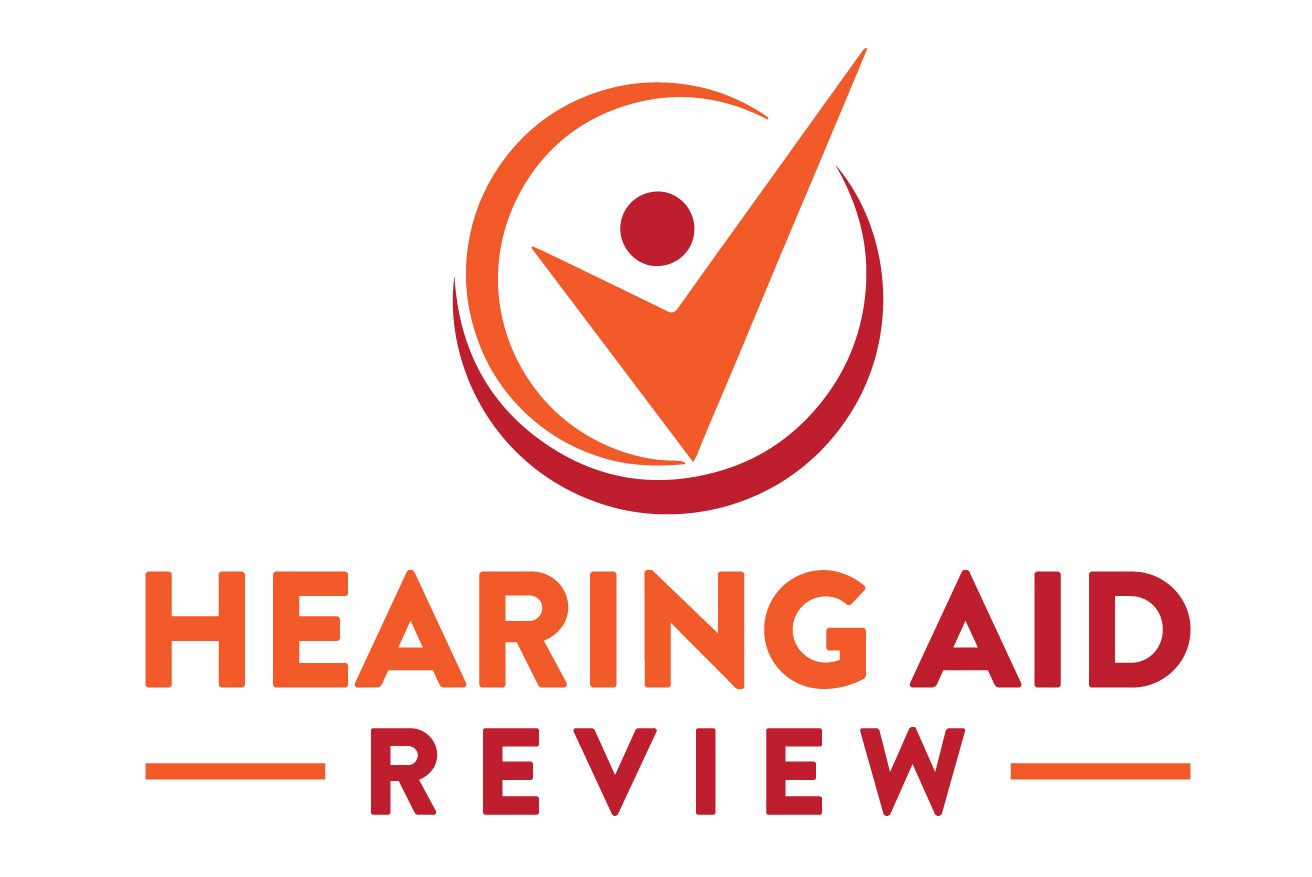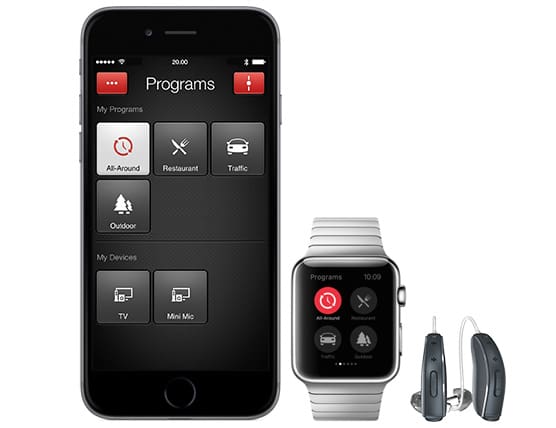hearingaidreview.org.uk is a consumer’s guide to modern digital hearing aids; where with the help of actual hearing aid wearers, attempt to review all the new hearing aid models. My name is Robert Donnan and I have worked extensively within the Audiology and Hearing Aid sector for over 24 years, the last 11 of which, solely dedicated to providing independent care through our flagship practice in Cleckheaton and subsequent partner practices across the UK.
With the help of 4 hearing aid patients, all willing and prepared to stringently test and review all the latest hearing aids, we will…
- Provide factual and helpful hearing aid information to you, the consumer.
- Put the manufacturers marketing hype to the test – with real hearing aid users in real life situations.
- Provide background information on all the major hearing aid manufacturers.
- Report not only upon the sound quality and overall performance of the various manufacturer’s offerings but also upon the design, fit and overall build quality too.
- Explain in simple terms, the hows, whats and whys of the array of ancillary/assistive listening devices, including details on the various smartphone hearing aid apps.
Before we start to cover some of the above points it is well worth discussing how to go about obtaining private hearing aids and the qualifications of the professionals you will see.
Firstly, all hearing aid audiologists must be registered with Health and Care Professions Council (HCPC). A proportion of these registered professionals will have undertaken a degree in audiology. Some will have been specifically trained/schooled in-house by large private hearing aid companies/manufacturers and some will have primarily trained within the NHS, but will have had to undertake further grading to allow them to practice within the private sector.
It could be said that it is simple for an audiologist to program a hearing aid for a patient, however the real truth of the matter is that to achieve the best possible outcome, there is so much more to audiology than clicking a button that says “set to target” …and I will attempt to elaborate on this below…
- Case history – prior to audiometry (hearing test) being performed an accurate case history should be taken with relevant questions regarding tinnitus, vertigo, general health, current medications, previous testing etc.
- Otoscopy – (examination of the outer ear) for an accurate test to be taken and indeed for an accurate hearing aid fitting/impression-taking, the ear canal should be as clear as possible.
- Audiometry – should be carried out in a quiet, controlled environment for accuracy; and personally I like to measure at all the intermediate frequencies to give the clearest picture possible to base my recommendations on. You will also undergo some form of speech in noise testing too, although this will not reflect the real world, it can give an indication of your ability to hear in noise.
- Hearing aid fit – the physical fit should be carefully checked. If a RIC-style instrument: the length of ear wire, type and size of dome need to be carefully considered for the best balance of hearing aid performance and patient comfort. For an all In the Ear type hearing aid or any custom-made shell then it is imperative an accurate impression is taken of the ear canal. The depth of this is equally important so the manufacture can ensure the speaker points toward the ear drum for optimal performance.
- Programming – many modern hearing aids have the option of swapping fitting formulae (how the aid prescribes the amplification to you the patient). I personally really enjoy toggling between these formulas to try and ensure the nicest possible overall sound for my patients. Indeed, there is one manufacturer that allows 4 different formulae to be programmed as separate, selectable programs the patient can toggle between in their own day to day environments. Feedback control – all modern hearing aids have feedback (annoying whistling) management systems however some are more effective than others and for musicians listening to some music types can actually cause the hearing aid to sound warbly/distorted if the feedback manager is enabled therefore this should be considered in these cases. It is also worth mentioning that with some hearing aids the feedback manager works partially by limiting the output of the hearing aid/s so there is potential for this to impact negatively upon how clearly you will hear. Fine tuning is a crucial part of hearing aid fitting and often used extensively during any adaptation period to hearing aids and your audiologist having a good understanding of how any adjustments made will affect your overall satisfaction should be a pre requisite.
I have really just scratched the surface with my last few points but I hope it gives a clearer perspective as to the importance of having the right person to deal with your hearing care needs. Even the very best hearing aids on the market that are packed with all the features and technology (on paper at least) to assist your hearing are only as good as the audiologist you deal with. It is also important to be aware that any hearing aid can only make the best of what you have left, so in some cases even the very best technologies on the market will not have the desired outcome for a patient.




